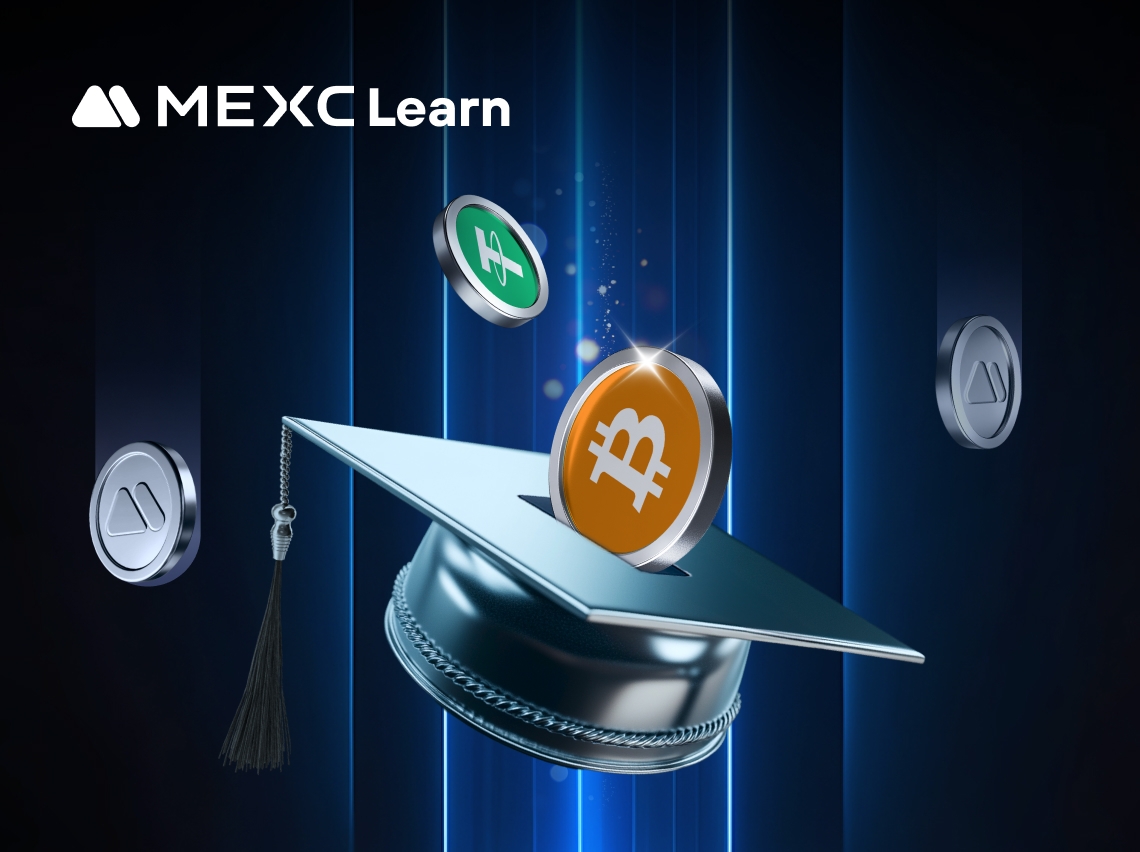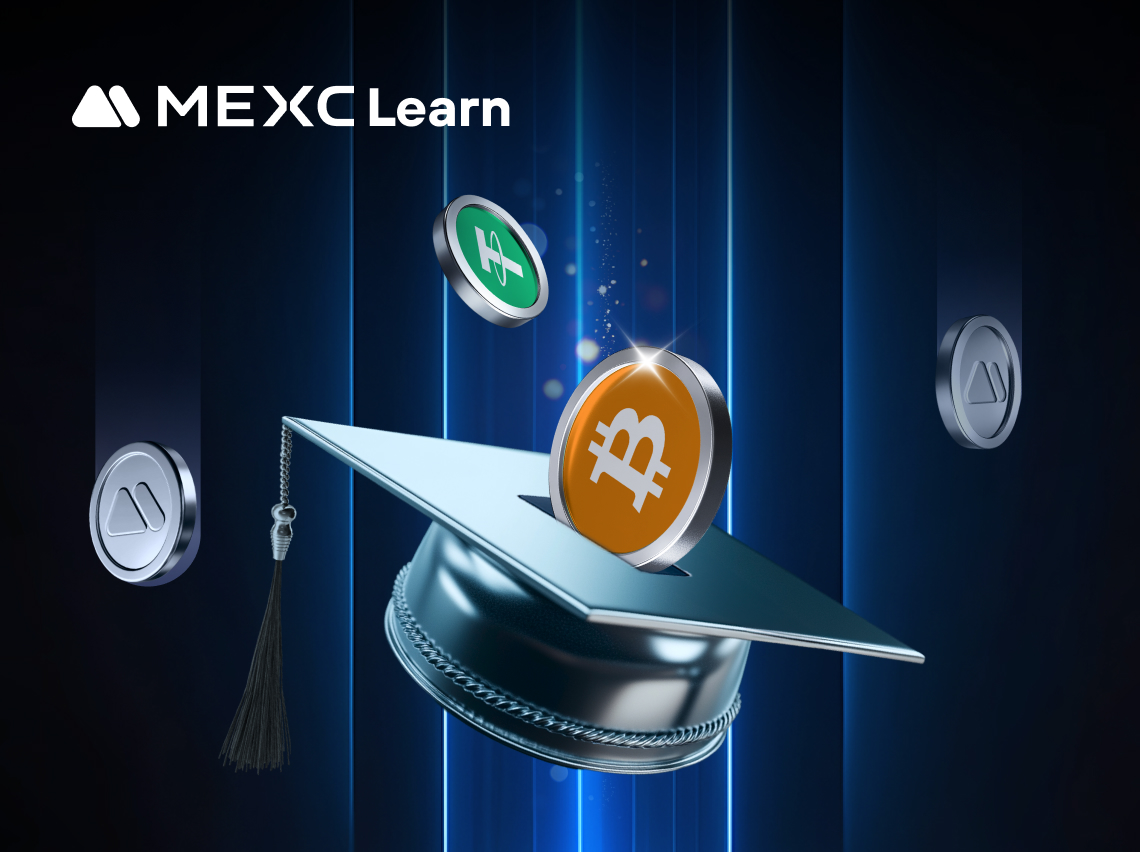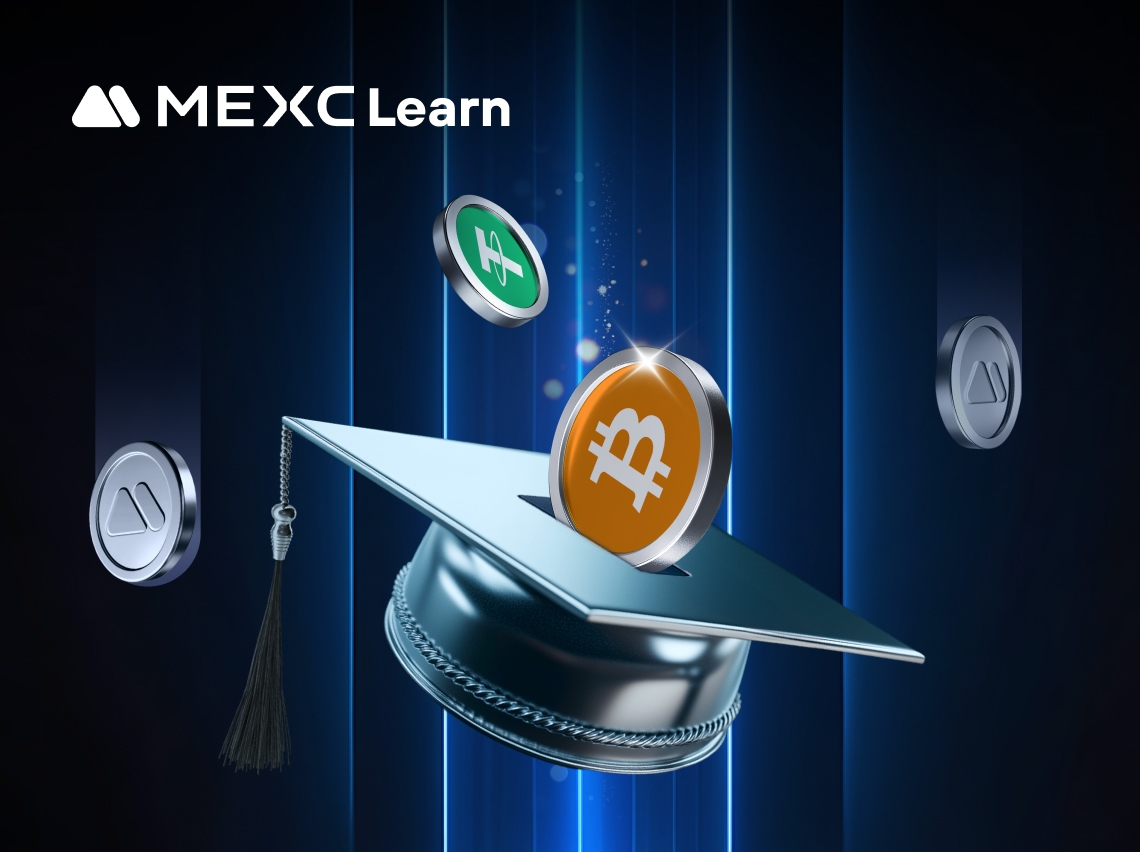The Network Structure and Decentralization Benefits of RIF
What is RIF's Network Structure?
The architecture of RIF (Rootstock Infrastructure Framework) represents a distributed blockchain network built atop the Rootstock (RSK) blockchain, which itself is a smart contract sidechain pegged to Bitcoin. The Rootstock Infrastructure Framework leverages advanced cryptographic principles and the security of Bitcoin's hash power, providing a robust foundation for decentralized infrastructure services. The core components of the RIF crypto network include:
- Consensus layer: Secured by merge-mining with Bitcoin, ensuring high security and resistance to censorship.
- Data layer: Manages the blockchain state and supports decentralized storage and data feeds.
- Network layer: Facilitates communication between nodes and supports the seamless operation of decentralized applications (dApps).
- Application layer: Enables the development and deployment of dApps, DeFi products, and infrastructure protocols.
Node types in the Rootstock Infrastructure Framework ecosystem include:
- Full nodes: Maintain complete copies of the Rootstock blockchain, validating transactions and blocks.
- Lightweight nodes: Interact with the network by processing only relevant information, optimizing resource use.
- Merge-mining nodes: Bitcoin miners who simultaneously secure both Bitcoin and Rootstock networks, enhancing overall security.
The consensus mechanism powering the RIF token ecosystem is merge-mining, where Bitcoin miners validate Rootstock blocks without additional computational cost, inheriting Bitcoin's security and decentralization. While the RIF coin itself does not use Proof of Stake (PoS), governance and certain services within the ecosystem may involve staking RIF tokens for participation and rewards.
How Decentralization Works in RIF
In the Rootstock Infrastructure Framework, decentralization refers to the distribution of control and validation across a global network, eliminating reliance on central authorities. This is achieved through cryptographic verification and open-source protocols, ensuring that no single entity can dominate the network. Power is distributed via:
- Merge-mined consensus: Security and validation are provided by a broad set of Bitcoin miners, making the RIF token network highly resistant to censorship and centralized control.
- Token-based governance: RIF coin holders can participate in governance through the RootstockCollective DAO, where staking RIF allows users to mint stRIF, the governance token used for voting and proposal creation.
- Self-regulating ecosystem: Protocol changes and upgrades require community consensus, with proposals and votes managed transparently through decentralized governance mechanisms.
Validators and stakeholders play critical roles by:
- Verifying transactions and blocks through merge-mining.
- Participating in governance by staking RIF tokens and voting on network proposals.
- Securing the network with financial incentives and slashing mechanisms to deter malicious behavior.
Key Benefits of RIF's Decentralized Structure
The decentralized structure of the Rootstock Infrastructure Framework crypto offers several key benefits:
- Enhanced security: Distributed consensus via merge-mining with Bitcoin means attackers would need to control a majority of Bitcoin's hash power to compromise the network, a highly impractical feat.
- Censorship resistance and immutability: Transactions and smart contracts on the RIF coin network cannot be censored or altered once confirmed, providing users with strong financial sovereignty.
- Reduced single points of failure: The network operates across thousands of independent nodes, ensuring continuity even if some nodes go offline.
- Transparency: All transactions and governance actions are recorded on an immutable public ledger, enabling independent verification and real-time auditability.
Technical Features Supporting RIF's Decentralization
RIF's decentralized operations are underpinned by several technical features:
- Merge-mined consensus: Ensures security and decentralization by leveraging Bitcoin's hash power.
- Open-source protocols: Facilitate interoperability and transparency across the Rootstock Infrastructure Framework token ecosystem.
- Elliptic curve cryptography: Provides strong security with efficient key management.
- Decentralized data management: The RIF crypto platform supports decentralized storage, data feeds, and communication protocols, enhancing both security and efficiency.
- Scalability: The RIF suite is designed to support scalable dApp development, with ongoing improvements to network throughput and performance.
How to Participate in RIF's Decentralized Network
There are multiple ways to engage with the Rootstock Infrastructure Framework network:
- Node operation: Run a full node or participate in merge-mining to help secure the Rootstock blockchain.
- Staking and governance: Stake RIF tokens to mint stRIF and participate in the RootstockCollective DAO, where you can vote on proposals and help shape the network's future.
- Development: Build and deploy dApps using the RIF coin suite of open-source tools and protocols.
- Community involvement: Join forums, participate in governance discussions, and contribute to the Rootstock Infrastructure Framework ecosystem's growth.
Educational resources, including comprehensive documentation and community support, are available to help users and developers deepen their technical understanding and maximize their participation in the RIF token ecosystem.
Conclusion
RIF's decentralized architecture delivers unmatched security, censorship resistance, and transparency by distributing power across a global network of nodes and leveraging Bitcoin's proven security model. To learn more about how to participate and benefit from this innovative infrastructure, explore our RIF Trading Complete Guide, which covers everything from the fundamentals to advanced strategies for the Rootstock Infrastructure Framework crypto.
Popular Articles

How to Stake Cardano? ADA Staking Guide for Beginners
Looking to earn passive income with your Cardano holdings? Staking ADA offers a straightforward way to generate rewards while supporting network security. This guide covers everything from basic staki

Lido Staking: Earn ETH Rewards Without Locking Your Assets
Want to earn passive income from your Ethereum holdings without giving up access to your funds?Lido staking solves the biggest problem with traditional ETH staking—locked assets and high entry barrier

How to Store Dogecoin (DOGE) Safely?Practical Wallet Guide & Risk Avoidance Tips
Securing your digital assets is the most critical step after acquiring cryptocurrency. For Dogecoin (DOGE) - a digital currency celebrated for its community-driven approach and ease of use - selecting

USDT Staking: How to Earn Interest on Tether with High APY Rates
Earning passive income from cryptocurrency doesn't always mean riding volatile price swings. USDT staking offers a way to generate returns on your Tether holdings while maintaining the stability of a
Related Articles

How to Stake Cardano? ADA Staking Guide for Beginners
Looking to earn passive income with your Cardano holdings? Staking ADA offers a straightforward way to generate rewards while supporting network security. This guide covers everything from basic staki

Lido Staking: Earn ETH Rewards Without Locking Your Assets
Want to earn passive income from your Ethereum holdings without giving up access to your funds?Lido staking solves the biggest problem with traditional ETH staking—locked assets and high entry barrier

How to Store Dogecoin (DOGE) Safely?Practical Wallet Guide & Risk Avoidance Tips
Securing your digital assets is the most critical step after acquiring cryptocurrency. For Dogecoin (DOGE) - a digital currency celebrated for its community-driven approach and ease of use - selecting

USDT Staking: How to Earn Interest on Tether with High APY Rates
Earning passive income from cryptocurrency doesn't always mean riding volatile price swings. USDT staking offers a way to generate returns on your Tether holdings while maintaining the stability of a
